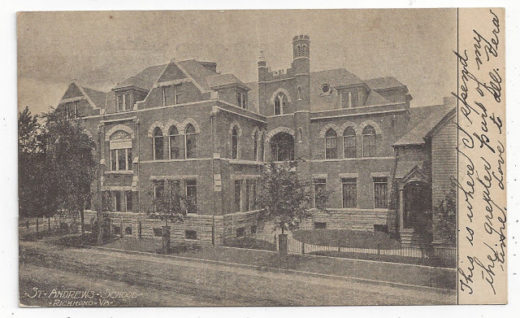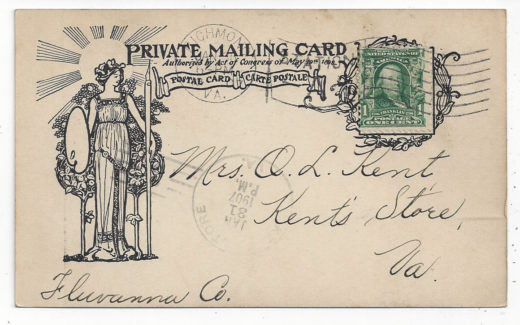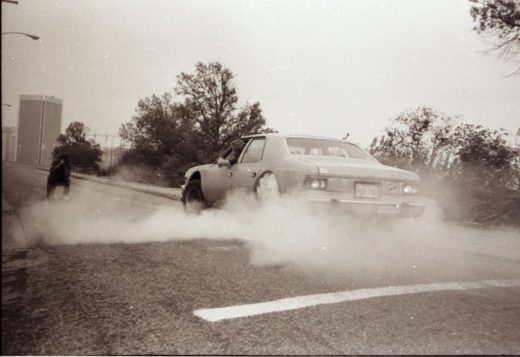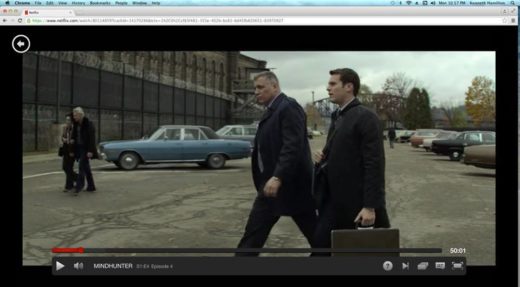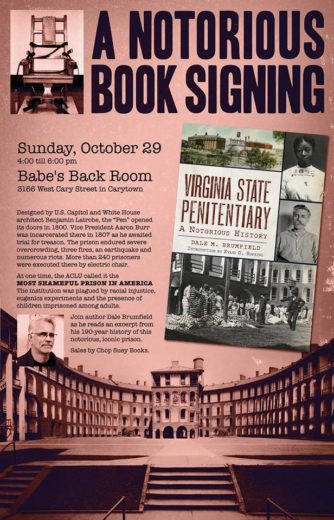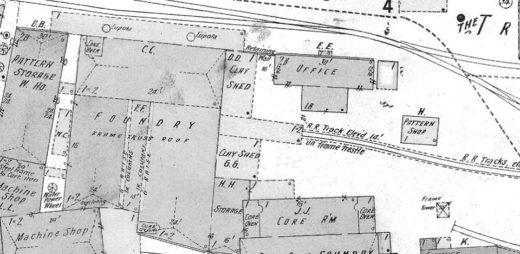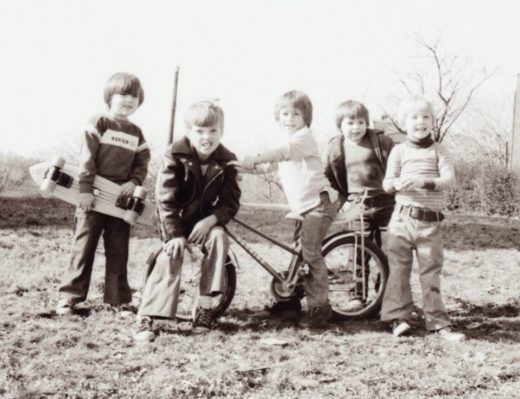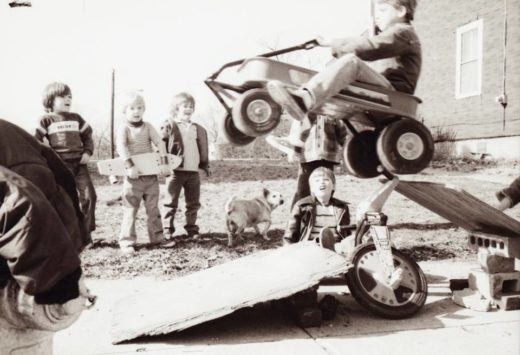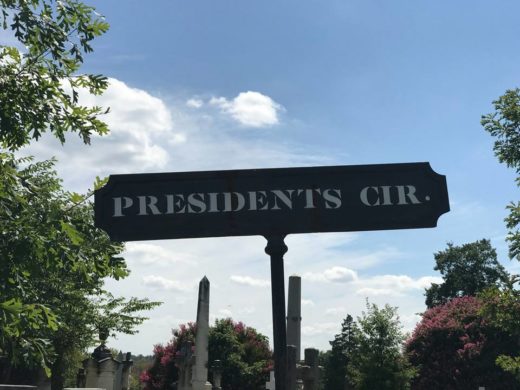From Facebook event:

Throughout the country’s history, the United States government has had a complicated (and often violent) relationship with tribal nations.
Featuring:
Ari Kelman, Ph.D., University of California, Davis
Ari Kelman will explore connections between the United States Civil War and military campaign against Native American peoples, focusing on the case of the Dakota War. That conflict culminated in the hanging of 38 Dakota warriors on December 26, 1862, the largest public execution in the nation’s history, as President Lincoln prepared for the Emancipation Proclamation to go into effect.Keith Richotte, Ph.D., University of North Carolina, Chapel Hill
This talk will describe tribal sovereignty and the relationship between the federal government and tribal nations before, during, and after the Civil War.
Cost: $10 Adults, Members: $8
Get tickets by clicking here.
Thursday, November 16 at 6 PM
The American Civil War Museum, 500 Tredegar Street

